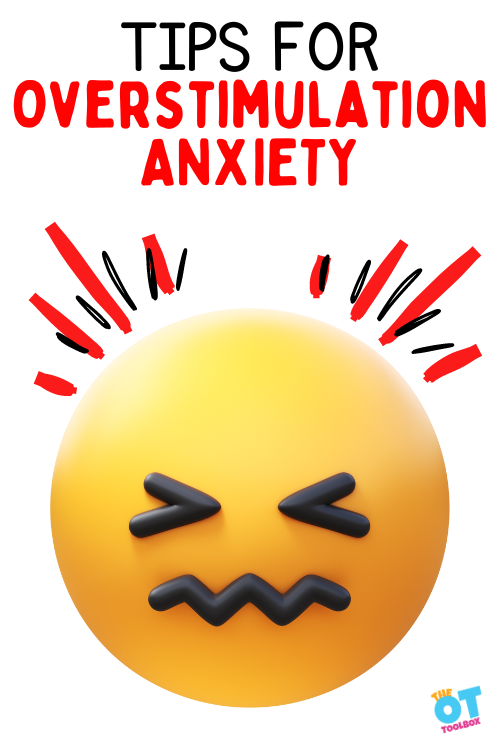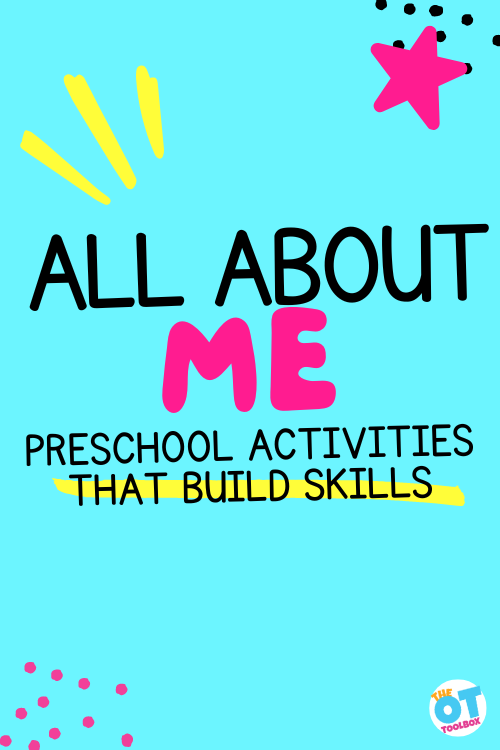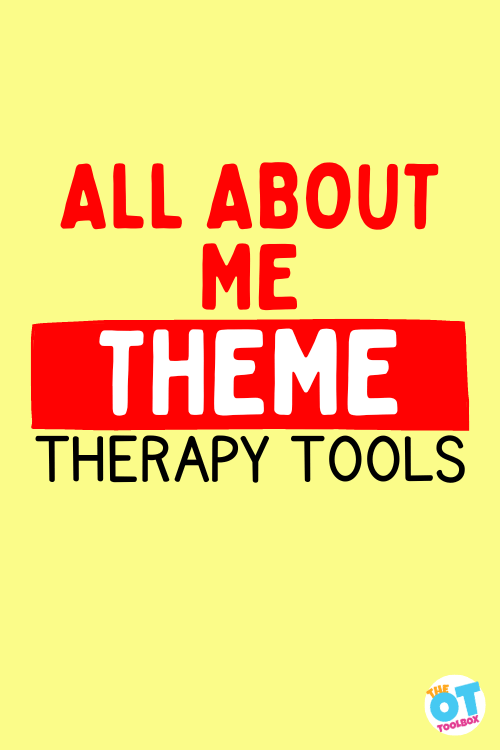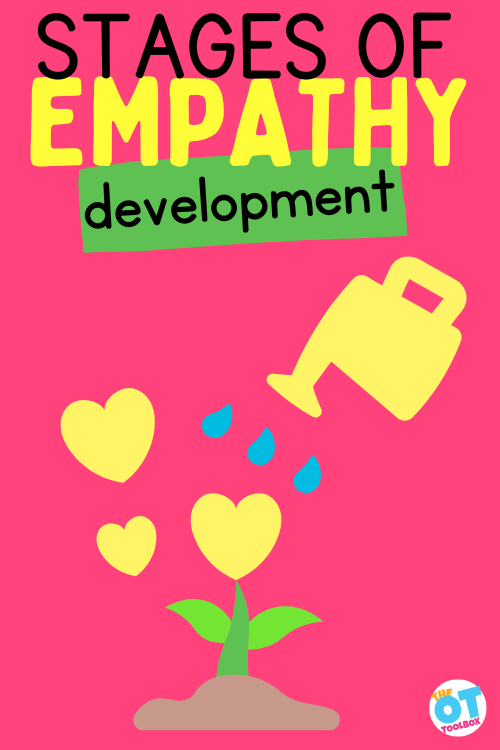Understanding the role of sensory components and brain development is crucial for decoding tantrums. This blog explores the importance of sensory strategies and introduces Soothing Sammy, a unique age-appropriate calm down toy, tool designed to guide children through the process of calming down using various sensory components. This is one self regulation activity that can be used to support emotions in a variety of settings.
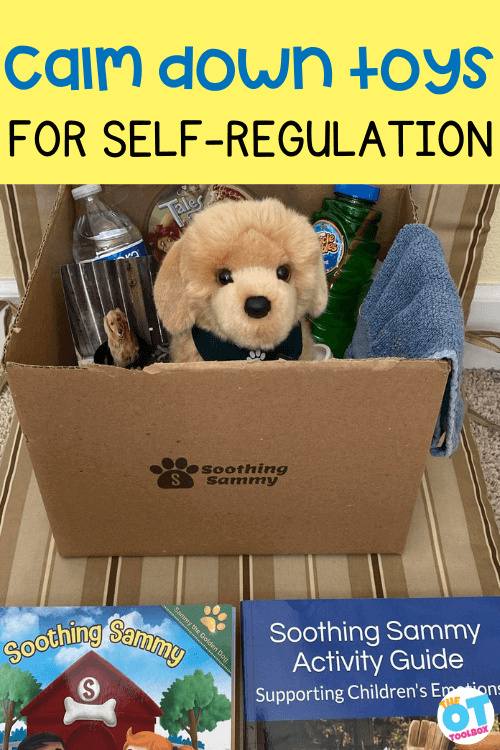
The effect of brain and sensory development on problem-solving skills:
The prefrontal cortex development of the brain plays a pivotal role in a child’s ability to process problems-solve, make decisions, and moderate social behavior. This part of the brain isn’t fully developed until the age of 25.
Due to the slower paced development of the prefrontal cortex, children often react impulsively when faced with overwhelming emotions, lacking the ability to think through situations like adults. When considering the cause and effect of a behavior, children need an adult or other tool to support them through the process.
Similar to adults seeking calming sensory activities when stressed (such as coffee, chewing gum, going to the gym), children require effective strategies to manage their emotions. This is part of social emotional learning!
For children, this might look like using a calm down toy to support specific needs. Soothing Sammy is a tool that teaches children how to calm down using sensory techniques in a positive and age-appropriate way.
Sensory components directly affect how a person interacts with and interprets the surrounding environment. There are 7 components to our sensory system, and Soothing Sammy teaches children how to use each one to calm down when they are feeling overwhelmed.
The seven sensory components include:
- Proprioceptive: Sensory receptors located in muscles, tendons, and joints.
- Visual: What you see and how the colors and environment tell your body. Your brain interprets this information which either makes you feel calm or overstimulated.
- Olfactory: Tells your brain what you are smelling. Your brain then decodes it as good or bad.
- Vestibular: The vestibular system is located in the inner ear. It tells your brain about where your body is in space, including balance and spatial orientation.
- Gustatory: Taste buds that send information to your brain to interpret the stimuli (sweet, salty, sour, bitter, etc).
- Tactile: Tactile receptors are distributed throughout the skin. These receptors respond to various stimuli, sending signals through the nervous system to the brain, where you determine what you are feeling (soft, cold, hard, squishy, etc.).
- Auditory: The sounds in the environment are transmitted to your brain to determine how to respond to the volume and voices in your environment.
Calm Down Toy for Preschoolers
We can support the development of these areas in regulating emotions through play. One way to teach calm down strategies to preschoolers is through the use of a calm down toy.
Calm down toys may include things like:
- weighted or furry stuffed animals
- social emotional books
- soothing music
- books that talk about emotions
- feelings toys
- stress balls
- fidget spinners
- bubbles
One set of resources that has all of these calm down toys is the Soothing Sammy program, and we’re thrilled to introduce that we are giving away a Soothing Sammy Emotions Program, created by an educational specialist designed for children ages 2 through 8.
This unique program incorporates visual and tactile elements to empower children with essential skills for independent emotional regulation. By using Soothing Sammy, children will learn how to:
- self soothe.
- self regulate.
- build empathy.
- learn feelings words.
- create trust with peers and adults.
- ask for help.
- navigate disagreements.
- problem-solve.
- identify feelings.
- connect with their peers.
- share space and items.
- become self- confident in response to feelings.
- develop self-control.
- express their feelings to others.
- cope with emotional needs.
What’s included in the Soothing Sammy Bundle:
1.Children’s Book – “Soothing Sammy” is a story that uses simple, colorful pictures to teach calming sensory strategies to young children. Children will be introduced to jumping in place, taking a breath, listening to a favorite song and other simple sensory strategies that help them calm down.
In the story, once the children are calm, Sammy encourages children to communicate their feelings by identifying why they were feeling overwhelmed and learn how to prevent it from happening again. When your child becomes upset, show the Sammy post-card (included) to your child. This visual cue will remind them Soothing Sammy is available to help, encouraging them to use the items in the “house” the same way the children did in the book!
2. Soothing Sammy Plush Dog (Golden Retriever) –
At the end of the book, there are instructions on how to make a Sammy House for your child. Sammy, the plush dog, is included with the children’s book. This loveable stuffed animal reminds children about the Sammy, prompting them to work through their emotions using the sensory techniques they learned in the book.
Sammy is almost one foot long, machine washable and is safe for children ages 2 years old and up. Follow the directions in the back of the book to build a house for Sammy to live in, placing the same common household items into it as described in the children’s book.
Placing a choice board near Sammy’s home with two or three photos of calming items on it, will help your child feel less overwhelmed when choosing a calming item. Allow your child to request an object by pointing to it.
3.Sammy Music (MP3 Version)- Enjoy 3 Sammy Songs that teach your children that Sammy is their friend!
4.Soothing Sammy Curriculum E-Book (Digital PDF) – Introduce Sammy to children in a way they will remember what it is for. Includes Sammy corner print-outs, coloring pages and sensory activities.
5.Emotions Poster: (11″ x 17″) Add to any wall. This multi-cultural poster allows children to understand what facial expressions mean on others and show you how they feel.
6.Soothing Sammy Behavior Guide (Book) – This 200 page book includes a variety of play-based activities that make daily routines fun and engaging. Each of the 6 sections includes tips for parents and teachers on how to support positive behaviors throughout the day.
These calm down tools would be a great addition to a calm down corner or a self regulation station at home, in the therapy clinic, or at school.
Related, here are more calm down strategies for school.
Soothing Sammy’s Approach:
Soothing Sammy introduces children to a golden retriever character who guides children through different sensory objects, each targeting each of the seven specific components of the sensory system. Sammy supports a calming approach utilizing each component.
Tangible, Auditory and Visual Components:
The Soothing Sammy set includes a nearly one-foot-long stuffed animal of Sammy, along with an 80-page parent guide detailing how to use Sammy and the accompanying book in various situations. The set also provides directions on creating a “house” for Sammy, incorporating household items that children can use for self-soothing.
Soothing Sammy was written with simple text that is clear and age appropriate. Children, as young as two years old, are able to understand the teaching aspects of the story without overwhelming them with unnecessary words.
The children’s book is intentionally created with simple images designed to calm a child that is overwhelmed and make it simple for them to interpret how to use an item to calm down. As a child looks through the picture book, they will see children using calm down items (one item on each page), giving them the ability to imitate each action.
Visual Reminders for Calming Down
The inclusion of visual components, such as a postcard with Sammy’s photo, serves as a reminder for children to turn to Sammy when upset. The visual cues prompt children to remember the de-escalation skills they learned in the story, even when they are too overwhelmed to have a conversation with a trusted adult.
Supporting Speech Delay:
For children with speech delays, the Soothing Sammy set offers additional support. Parents can take photos of the calming items and create a choice board, enabling non-verbal children to point to their preferences. Real pictures of children using the items further reinforce the positive impact of these activities.
Wide Applicability:
The Soothing Sammy set has been embraced by teachers, therapists, and parents of children with developmental delays, autism, and typically developing children aged 2 through 8. This emotions program provides simple solutions to overwhelming situations, making it a valuable tool for anyone that works with young children. Soothing Sammy offers a comprehensive approach to calming down through sensory strategies, providing children with the tools they need to navigate their emotions.
Why Teachers Love Soothing Sammy:
Perfect for preschool classrooms, Soothing Sammy offers curriculum plans, sensory recipes, coloring pages, benchmark criteria, and more! Transform your classroom into a hub of emotional growth. It can be used as a week or month long emotional curriculum. Transform your preschool classroom with:
- Curriculum Plans: Tailored for week or month-long emotional development that includes behavior tips and strategies, coloring pages, benchmark criteria/list of skills, and more!
- Sensory Recipes: Engage children in hands-on sensory experiences.
- Provides the perfect tools for a calm down area.
- Using the simple phrase “Sammy Time” will help redirect children to spend some time with Sammy when they aren’t ready to problem-solve.
Why Therapists Love Soothing Sammy:
Children learn best through relatable stories and identifiable characters. Sammy’s multi-sensory approach introduces children to various systems, encouraging positive de-escalation. Sammy teaches young children how to self-soothe when they are overstimulated. The children’s book illustrates how children can use multi-sensory approaches to calm down with everyday objects (such as a ball to squeeze, listening to a song, jumping in place, taking a drink of water, crunching on a cracker and even dancing!) This child-friendly way introduces children to vestibular, tactile, proprioceptive, auditory, visual and olfactory systems, encouraging them to de-escalate in a positive way.
Why Parents Love Soothing Sammy:
Simple, easy-to-use, and no need for a therapy or educational background. Soothing Sammy equips you and your child with practical skills for preventing tantrums before they start. Tantrums are a normal part of development for young children. In order to prevent them, children need to learn how to recognize and identify their emotions, understand what they feel and why, and express their needs and feelings clearly.
The “Soothing Sammy Emotions Program” will teach children how to:
- Calm down (instead of scream.)
- Express how they feel (instead of stomping away.)
- Problem-solve (instead of giving up.)
One teacher had to say this about using Soothing Sammy in her classroom…
“I have been a preschool teacher for several years, and this school year we have had many children with BIG emotions in our classroom. It was getting hard for me to come to school in the morning. Some children were screaming, some were throwing objects and others we scared of their friends. These children were experiencing emotions that they couldn’t control, and they reacted with escalating behaviors. Then I came across the “Soothing Sammy Emotions Program.” The first time I introduced Soothing Sammy, my day went from scary to AMAZING! The children love him! I couldn’t believe it worked. Children need concrete lessons…something they can see and feel that makes calming down understandable. Sammy does that for them.
This is a testimonial from a Head Start teacher that uses Sammy in her classroom for a variety of ways.
Help an Anxious child
When children are anxious, Sammy leaves. I reminded her about Sammy and she visited his house and found a fidget to play with which. She loved it. She gave it back to Sammy when she was done. We also listened to some music and later she was ready to join circle time! She goes to Sammy now for comfort when she feels overwhelmed.
Tools for kids that are mad or frustrated
Sammy helped a child that was mad/frustrated.
We have a little boy who is very aggressive when he becomes upset. When I mention “Sammy Time” he stops his behavior instantly and walks over to Sammy for some cuddles and sensory time. When he is calm, we are able to talk about the problem and he moves on happily, remembering that Sammy is there for quiet time when he needs to regroup. This is how I know Sammy is magic!
Sammy is relatable and is the class friend!
Sammy is a star with the whole class! We have been implementing Sammy’s emotion activities in the classroom for a few weeks. The kids are really enjoying him and even want him to eat with us at meal time. We have a special dog bowl for him and he sits on a shelf while our food service worker feeds him and comes over to take food out discreetly to show he has ate his meal. They have an adorable love for Sammy, trusting him as a friend and support program.
We also talk about dogs not liking people coming over and taking their food or pet them while they eat. This led into some fun conversation and lessons around animal safety. It’s a perfect addition to our pet theme!
Sammy also takes a nap after lunch and we cover his box up with a towel (because the kids decided he likes to sleep in the dark.) They all say “night night Sammy!” and then the children settle in for their naps.
Sammy helps children at home (and parents too!)
My students are beginning to plan their own Sammy house to bring home. They have picked the color they are going to paint his house (shoe box) and what calming tools they will put in it. I am giving them a laminated picture of Sammy to put in their home. They are excited to take Sammy’s house home to help them calm down if they are angry or sad when not at school. It was really easy for me to explain to parents with the parent hand-out that comes with the set.
As a Preschool Teacher, I have come to realize that children’s behaviors are usually a cry for help or for attention… OR they just don’t know what to do with their feelings. Soothing Sammy is so much more than a toy. He is practical, functional, comprehensive, and a real asset to any preschool classroom. I don’t know where I would be without him.” – Kala, Head Start Teacher
Enter the Giveaway for your chance to win a Soothing Sammy Emotions Program.
Complete the form below for a chance to win the Soothing Sammy Emotions Program. Don’t miss out on this incredible opportunity!

Jeana Kinne is a veteran preschool teacher and director. She has over 20 years of experience in the Early Childhood Education field. Her Bachelors Degree is in Child Development and her Masters Degree is in Early Childhood Education. She has spent over 10 years as a coach, working with Parents and Preschool Teachers, and another 10 years working with infants and toddlers with special needs. She is also the author of the “Sammy the Golden Dog” series, teaching children important skills through play.

